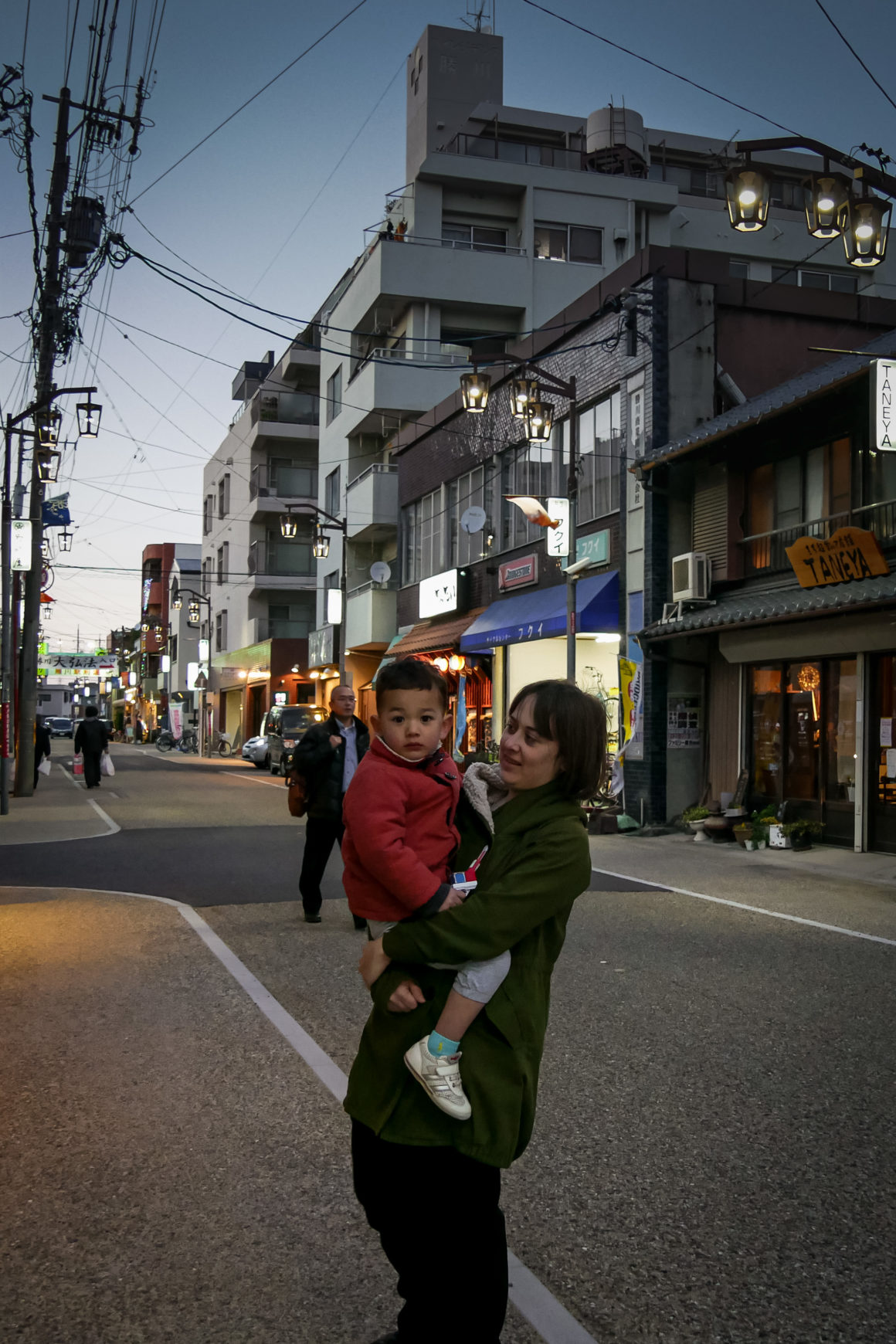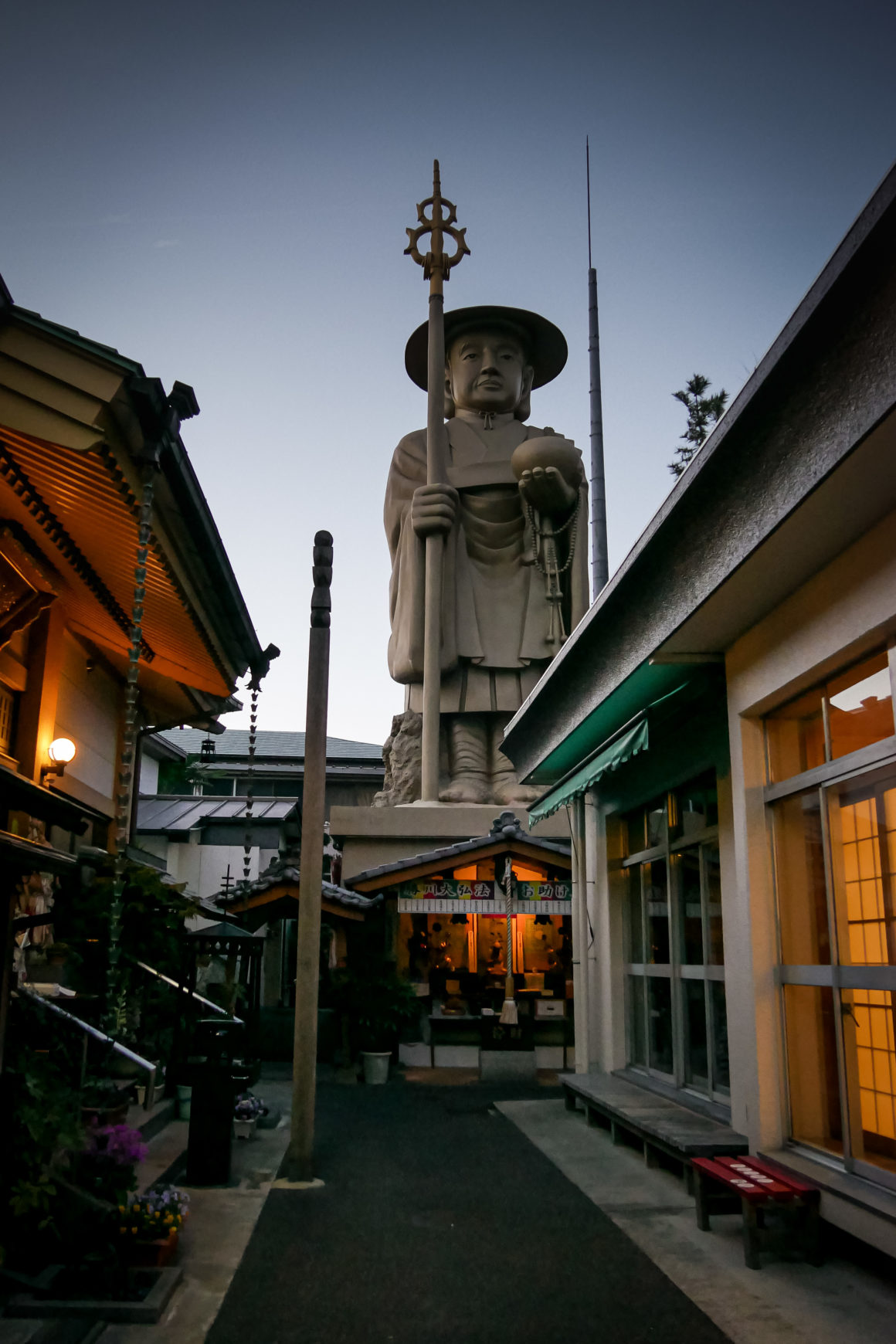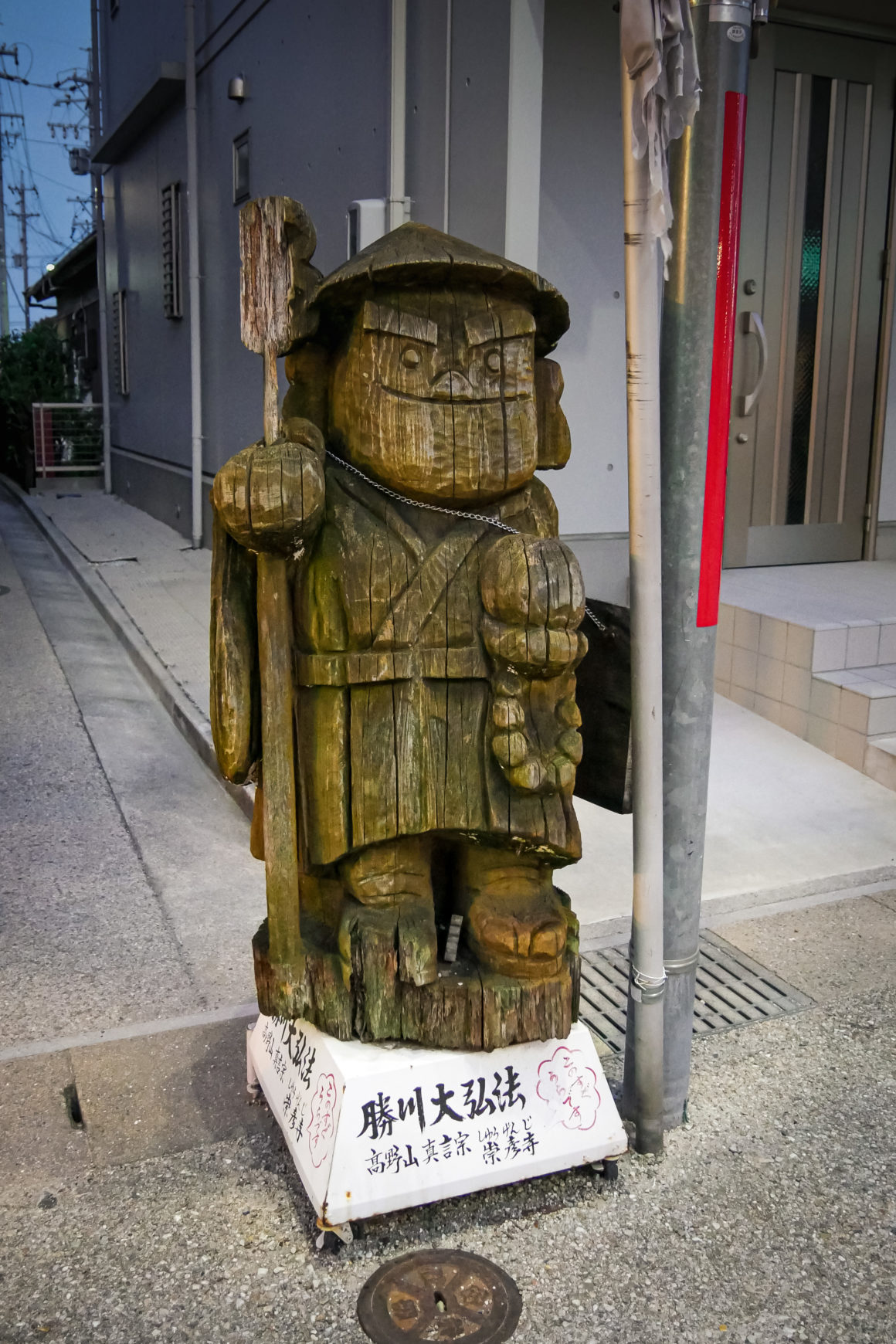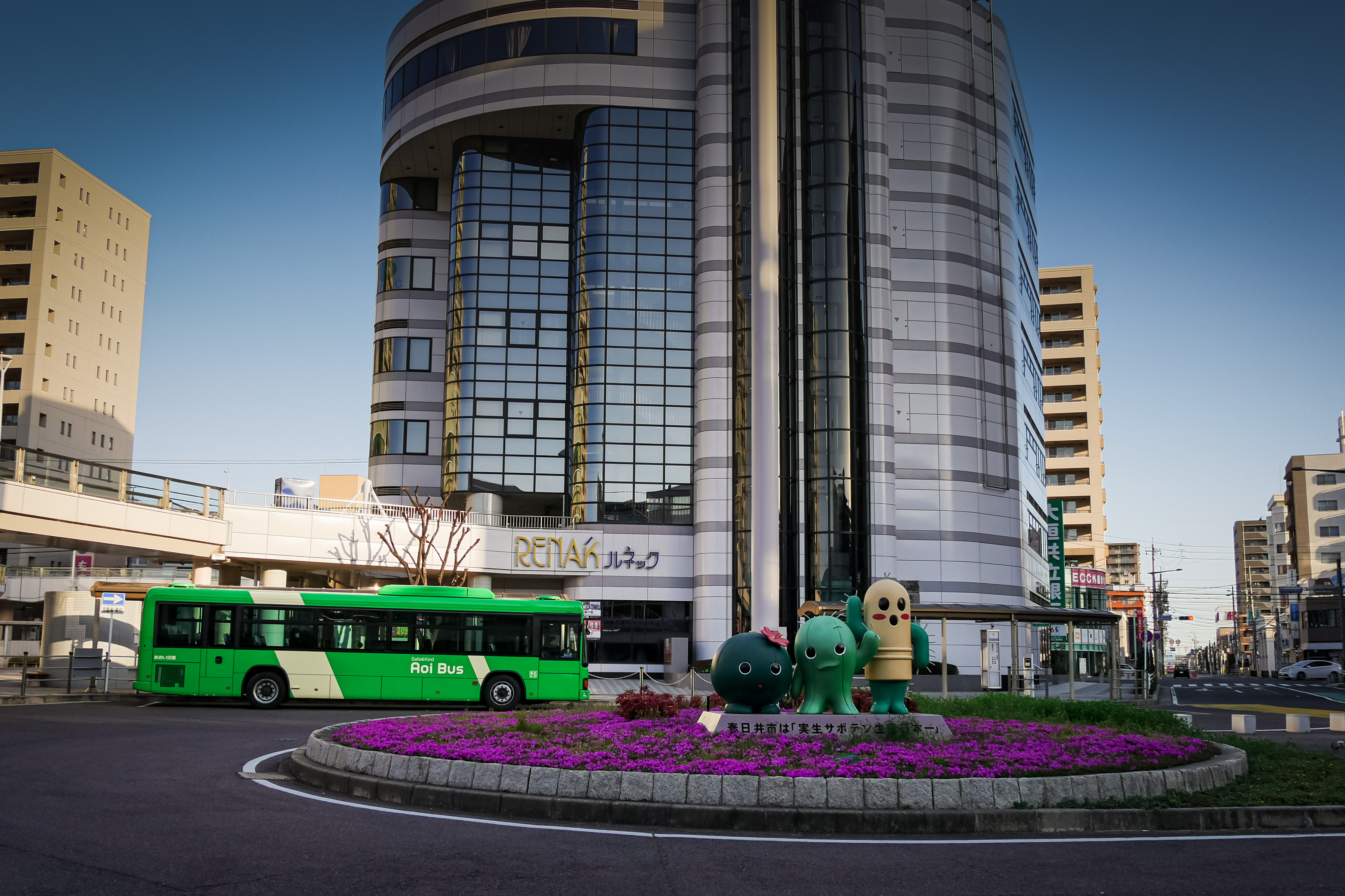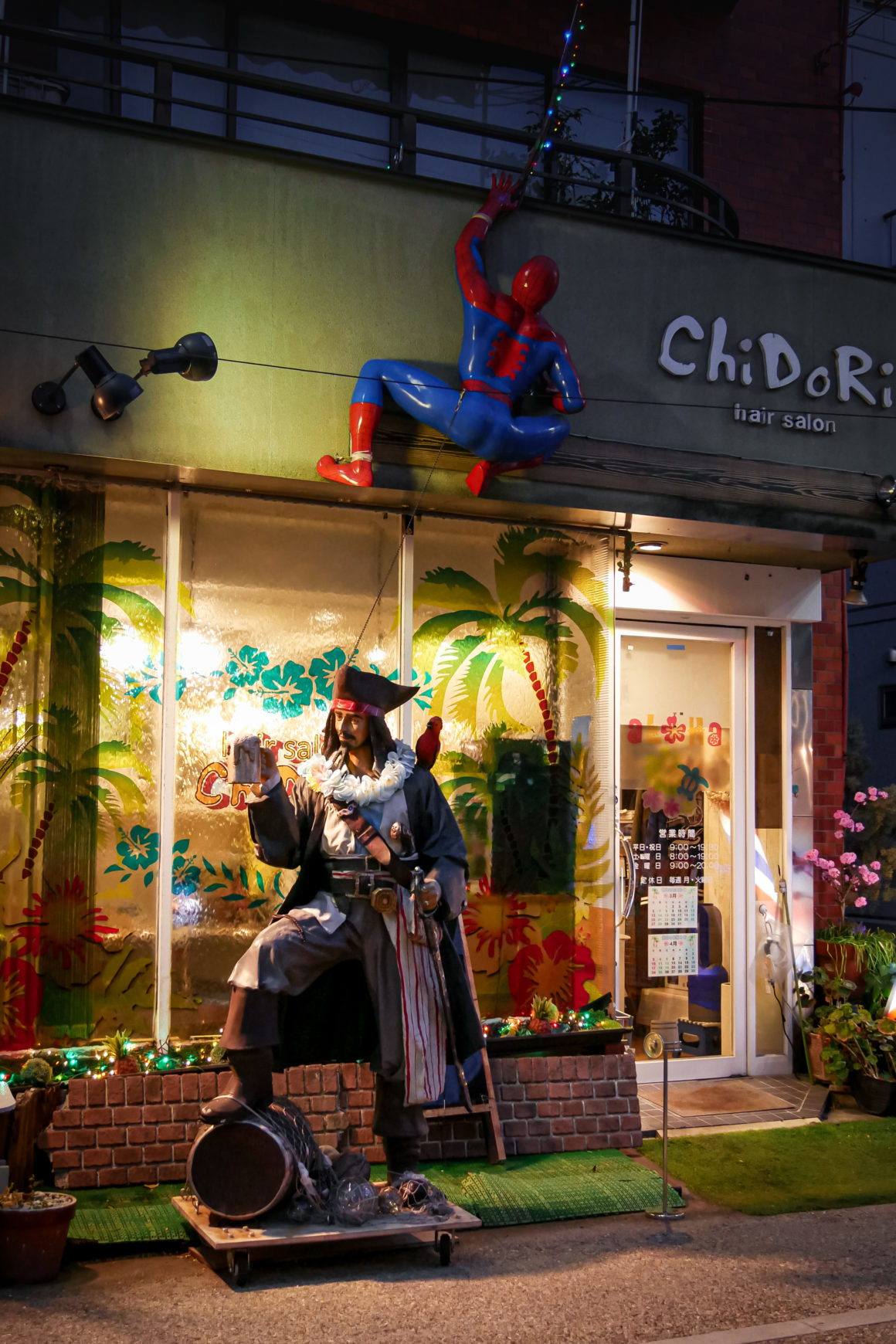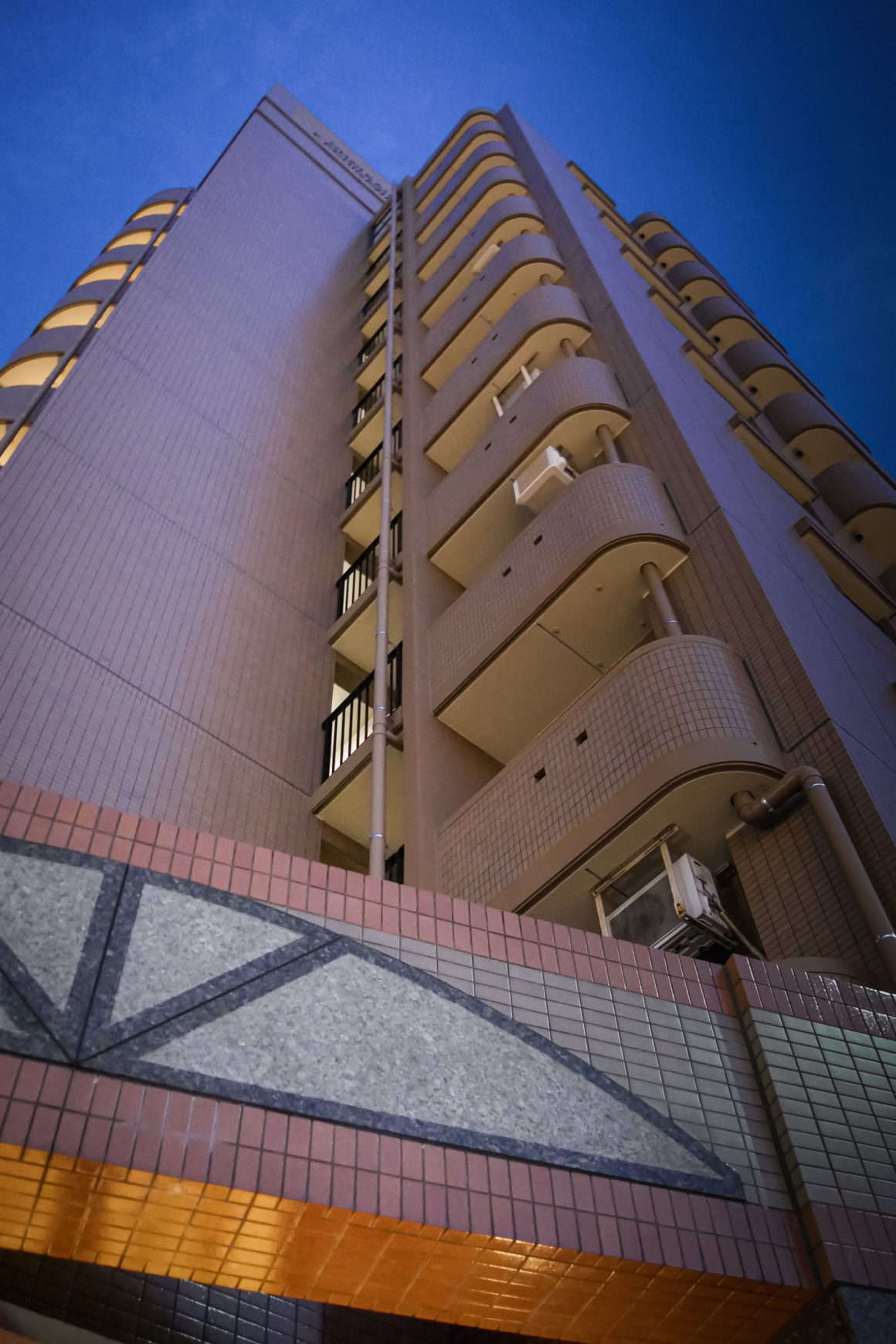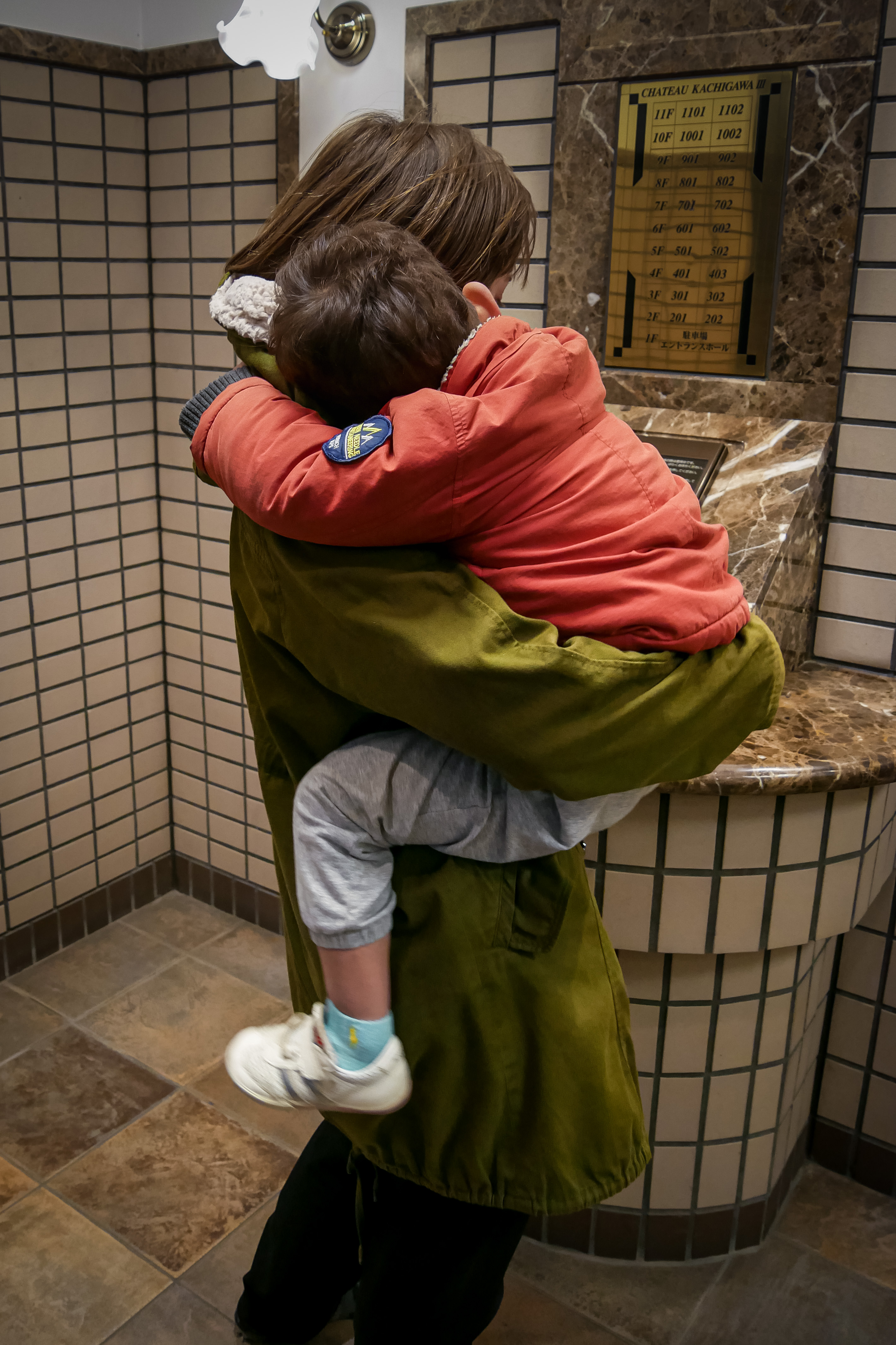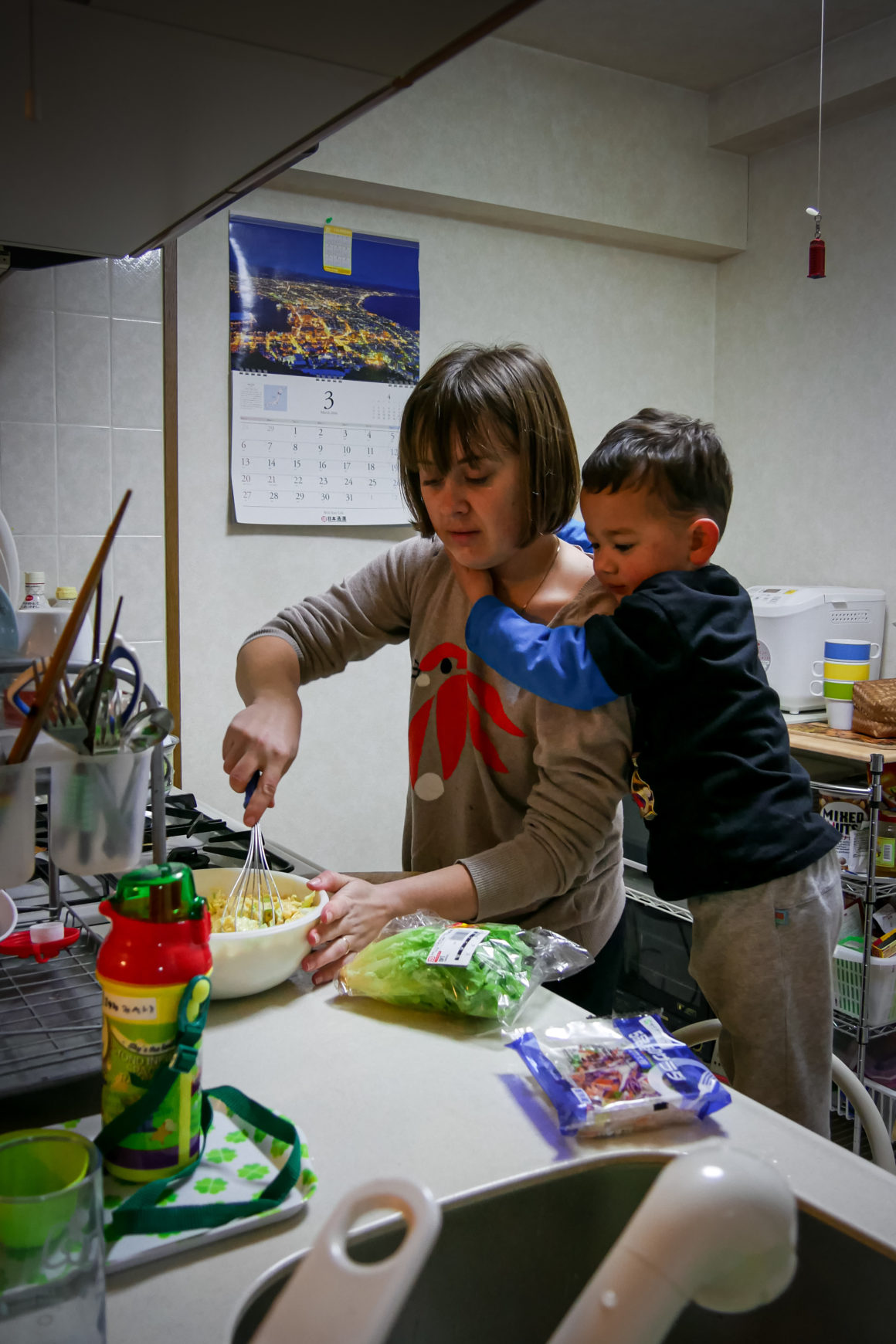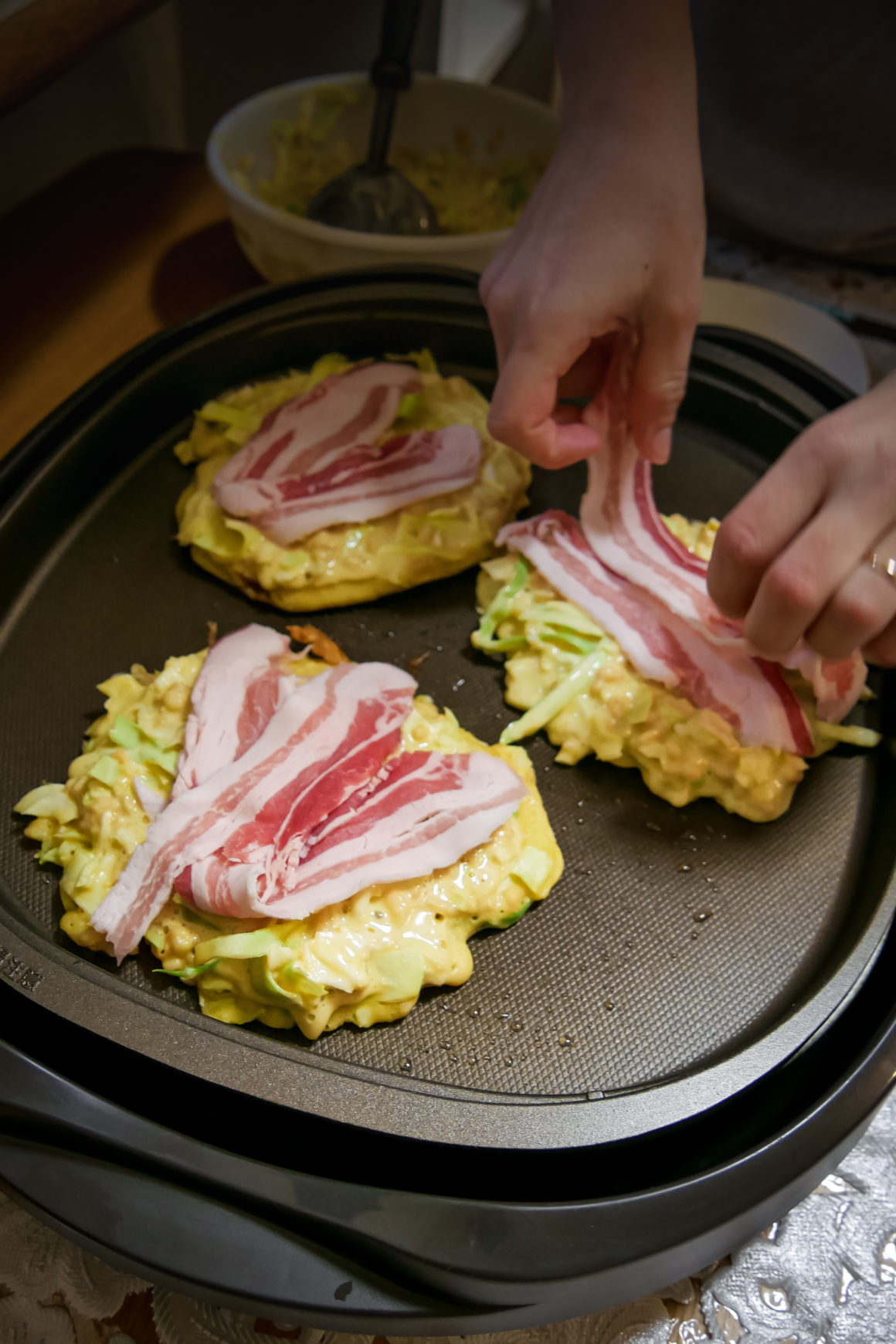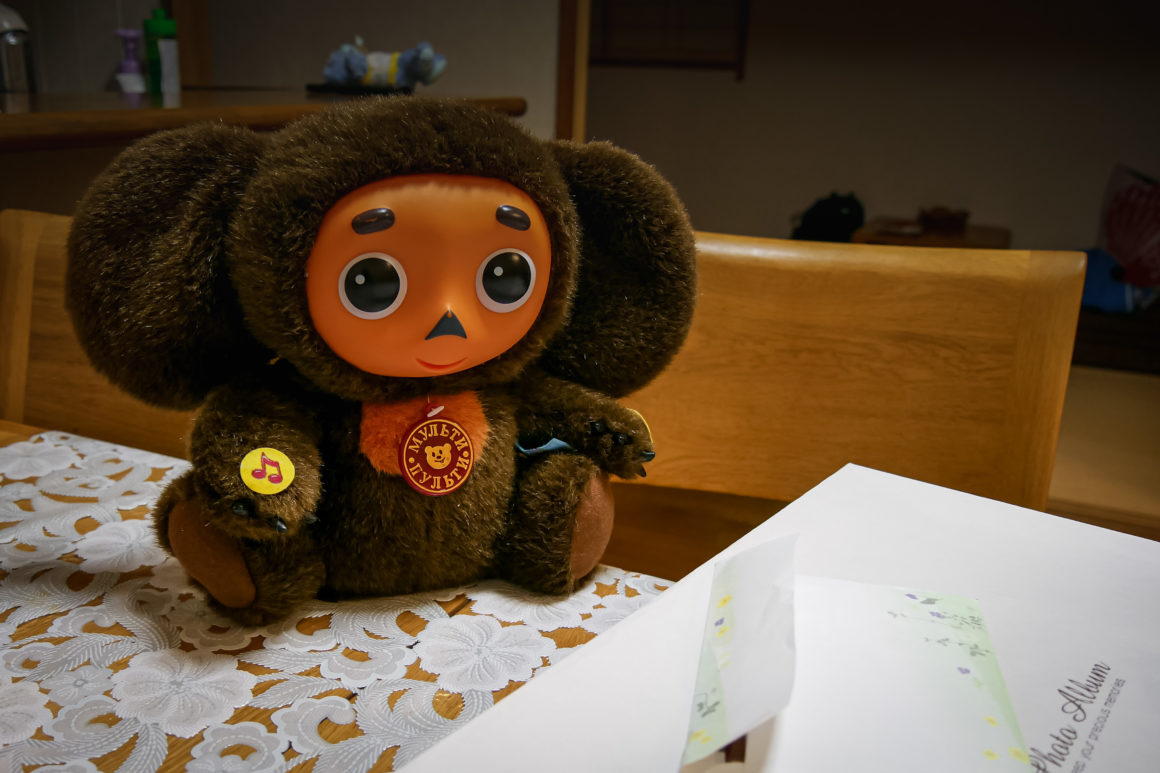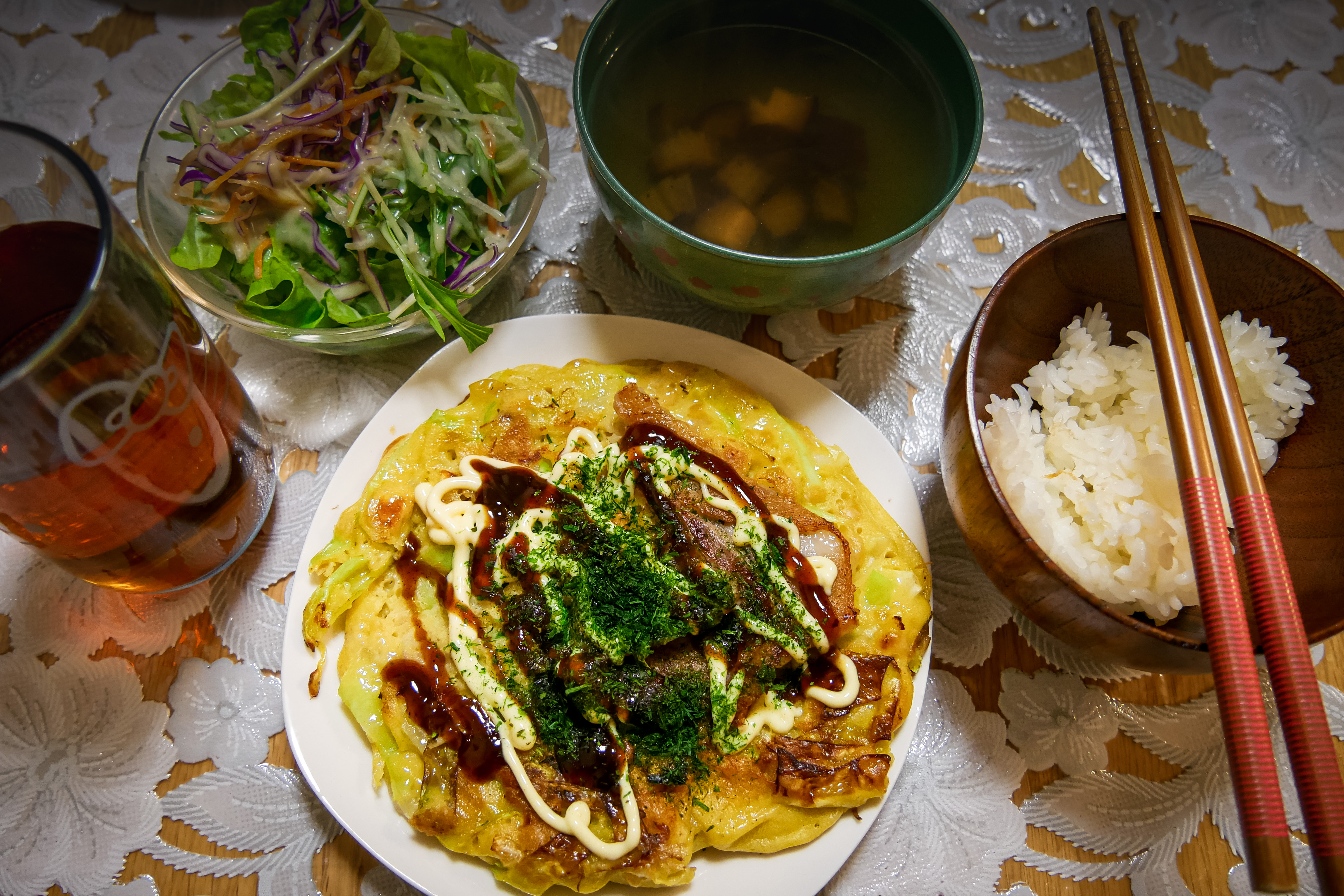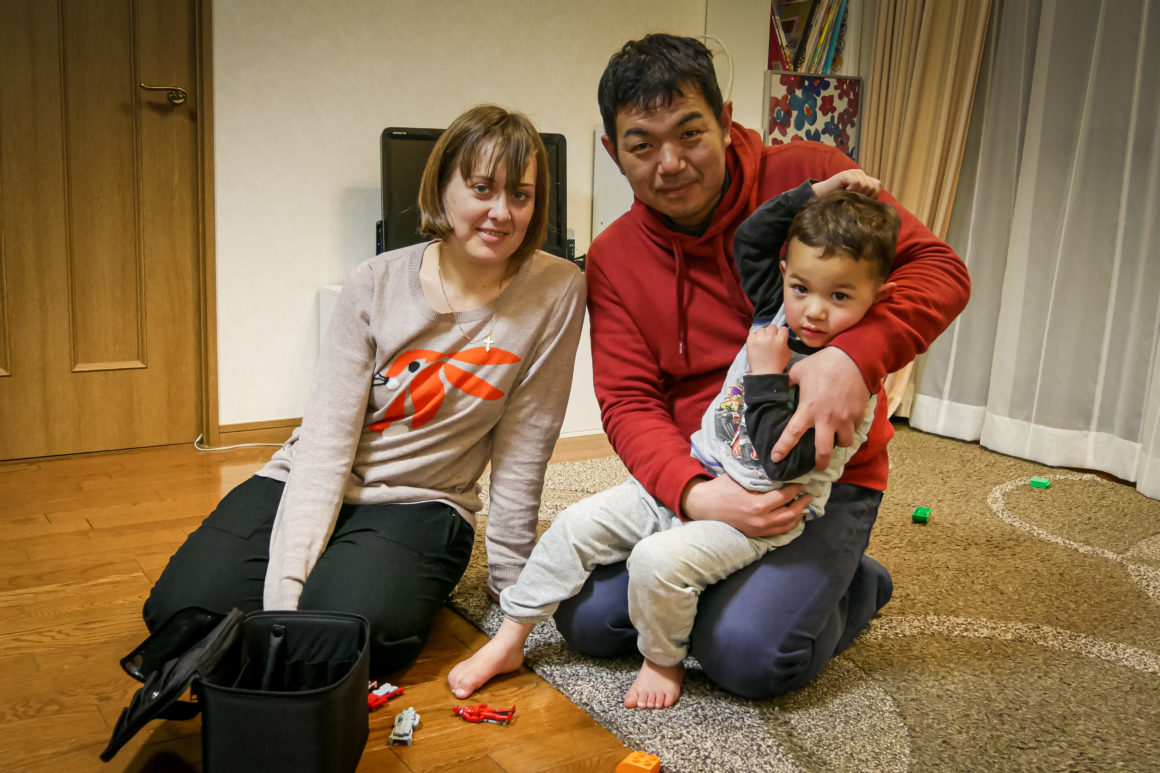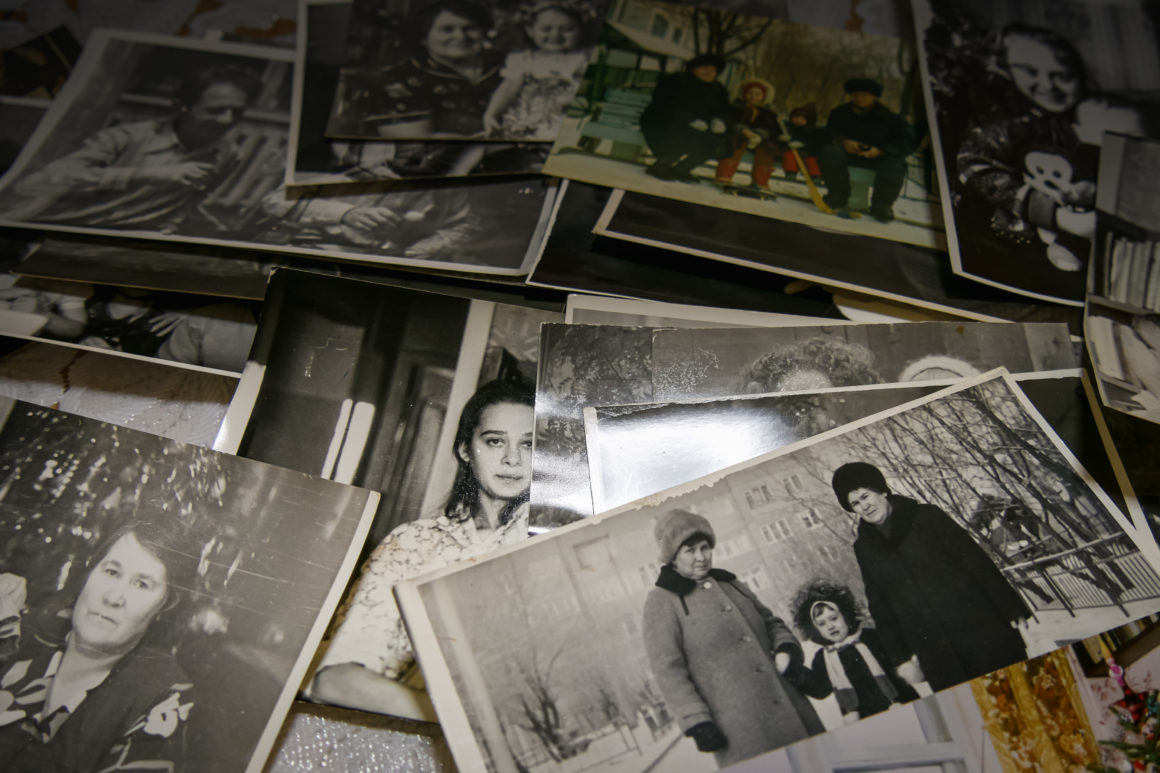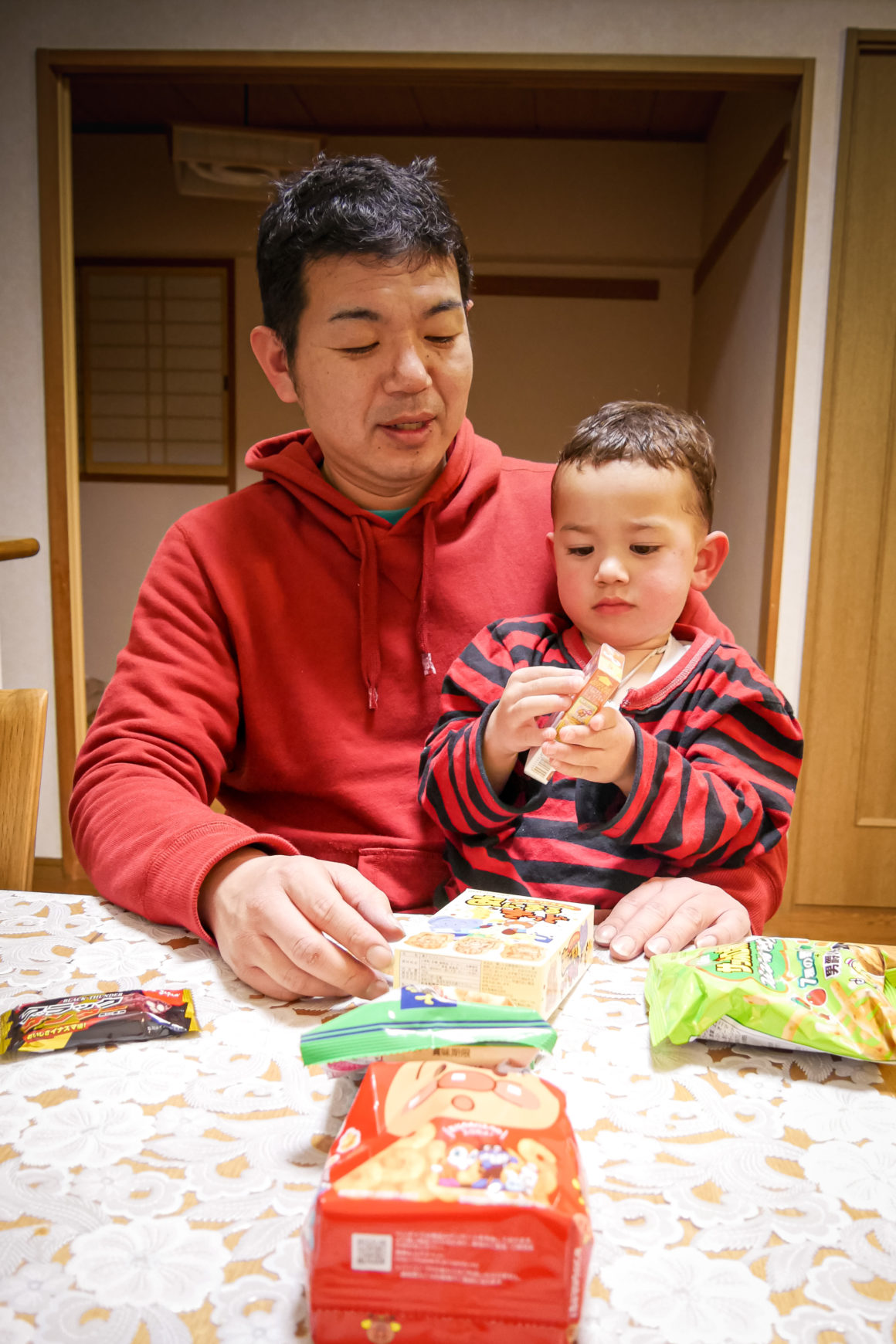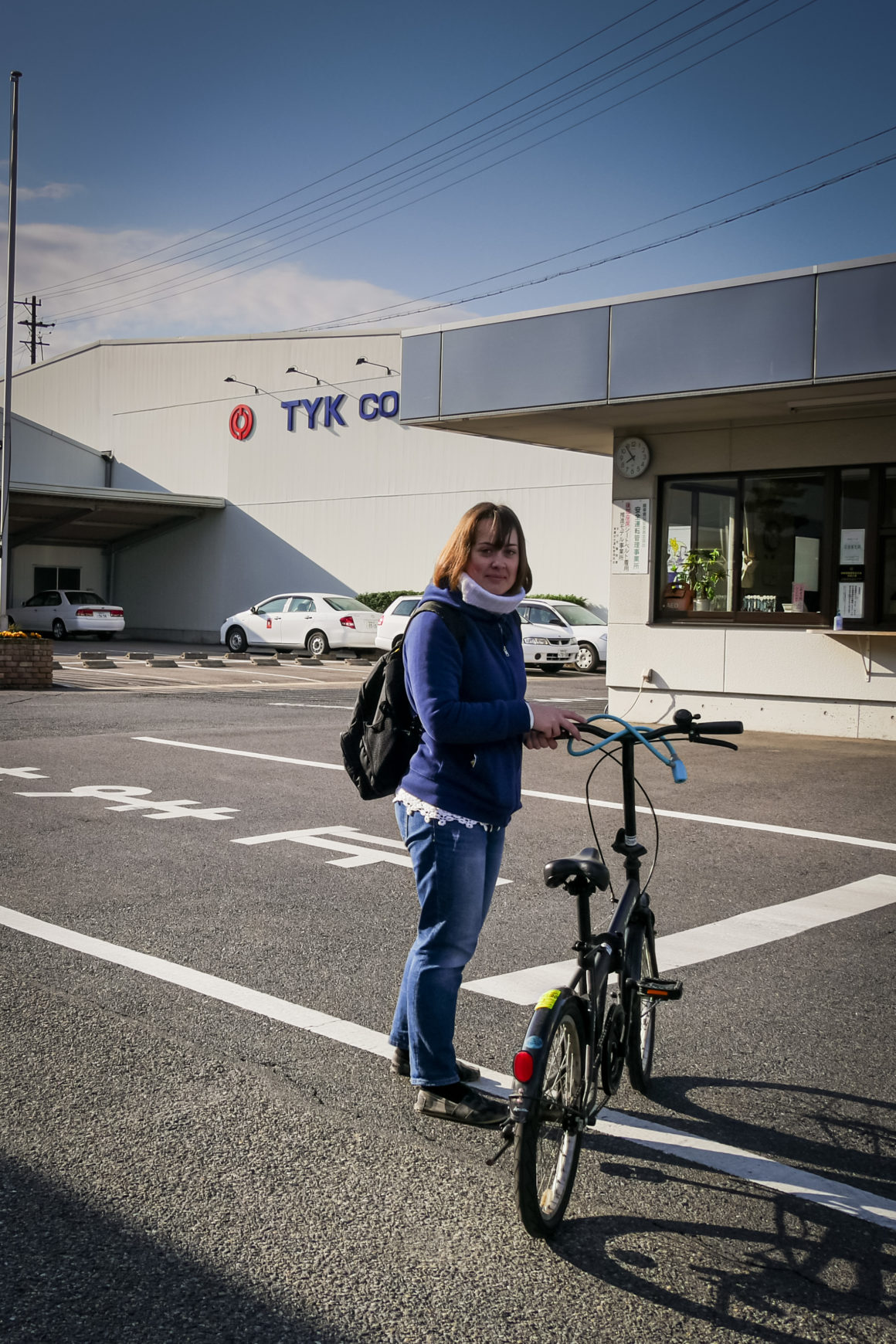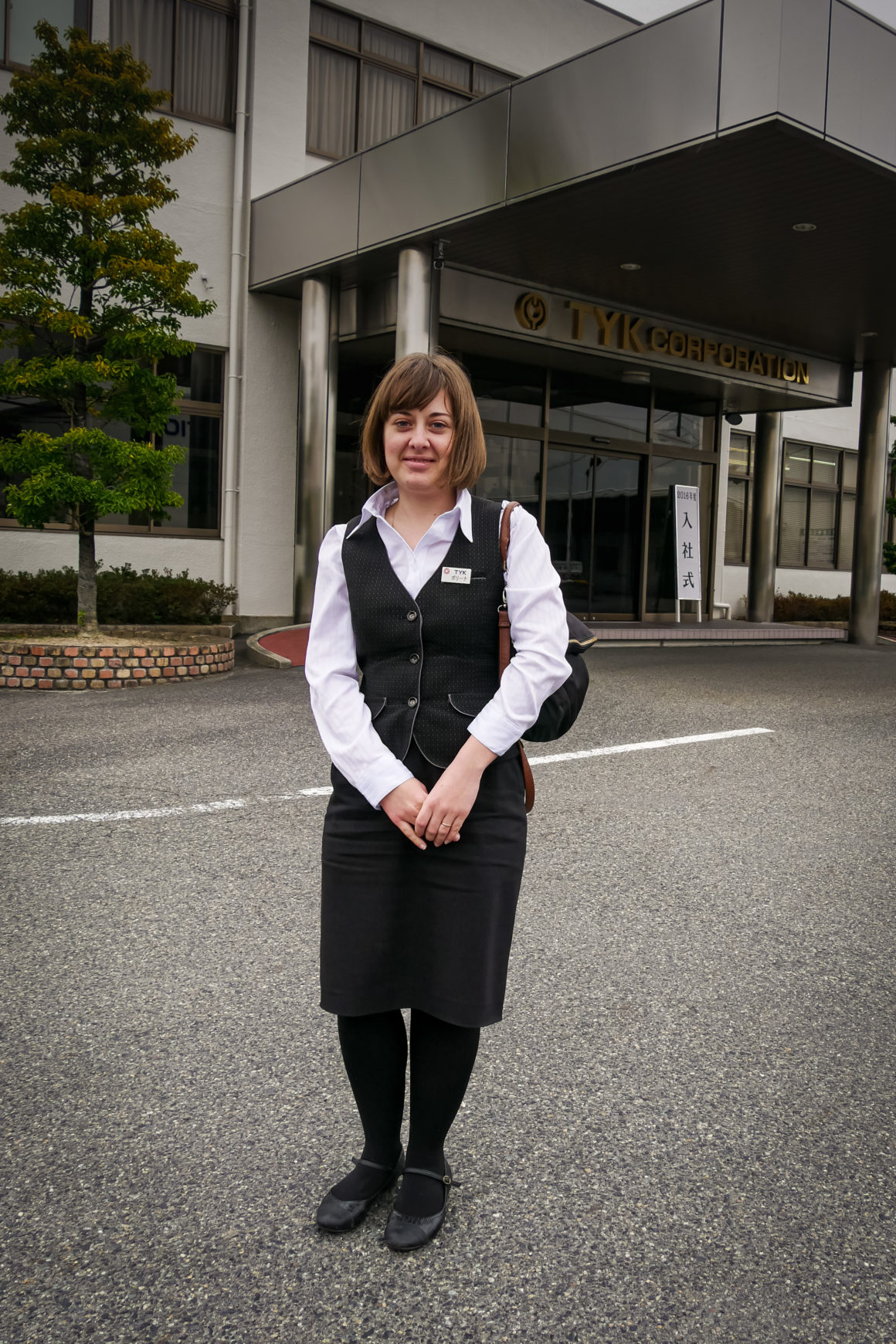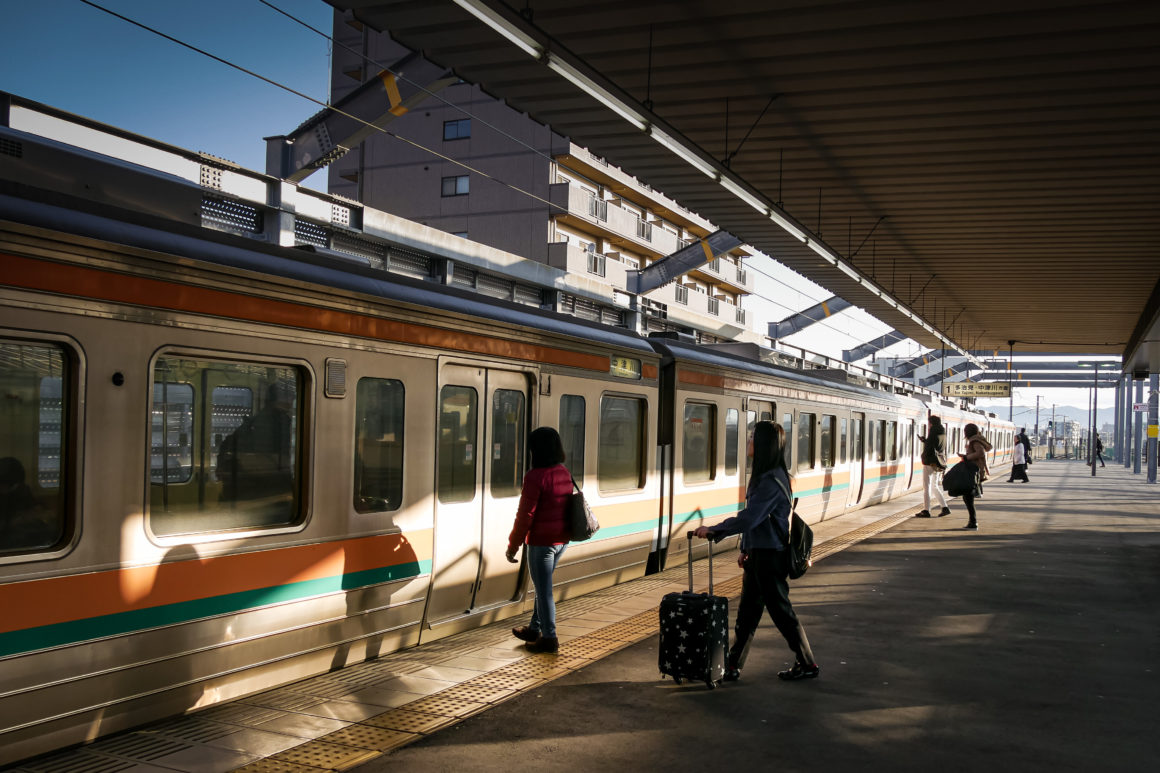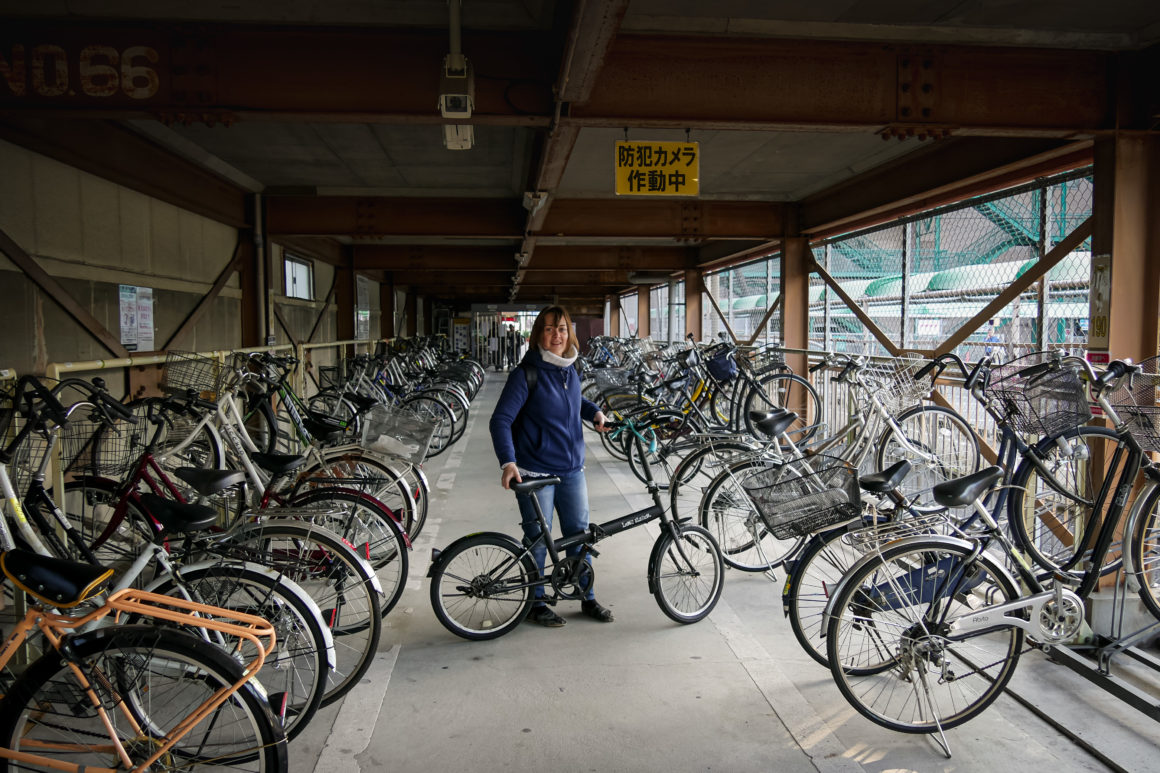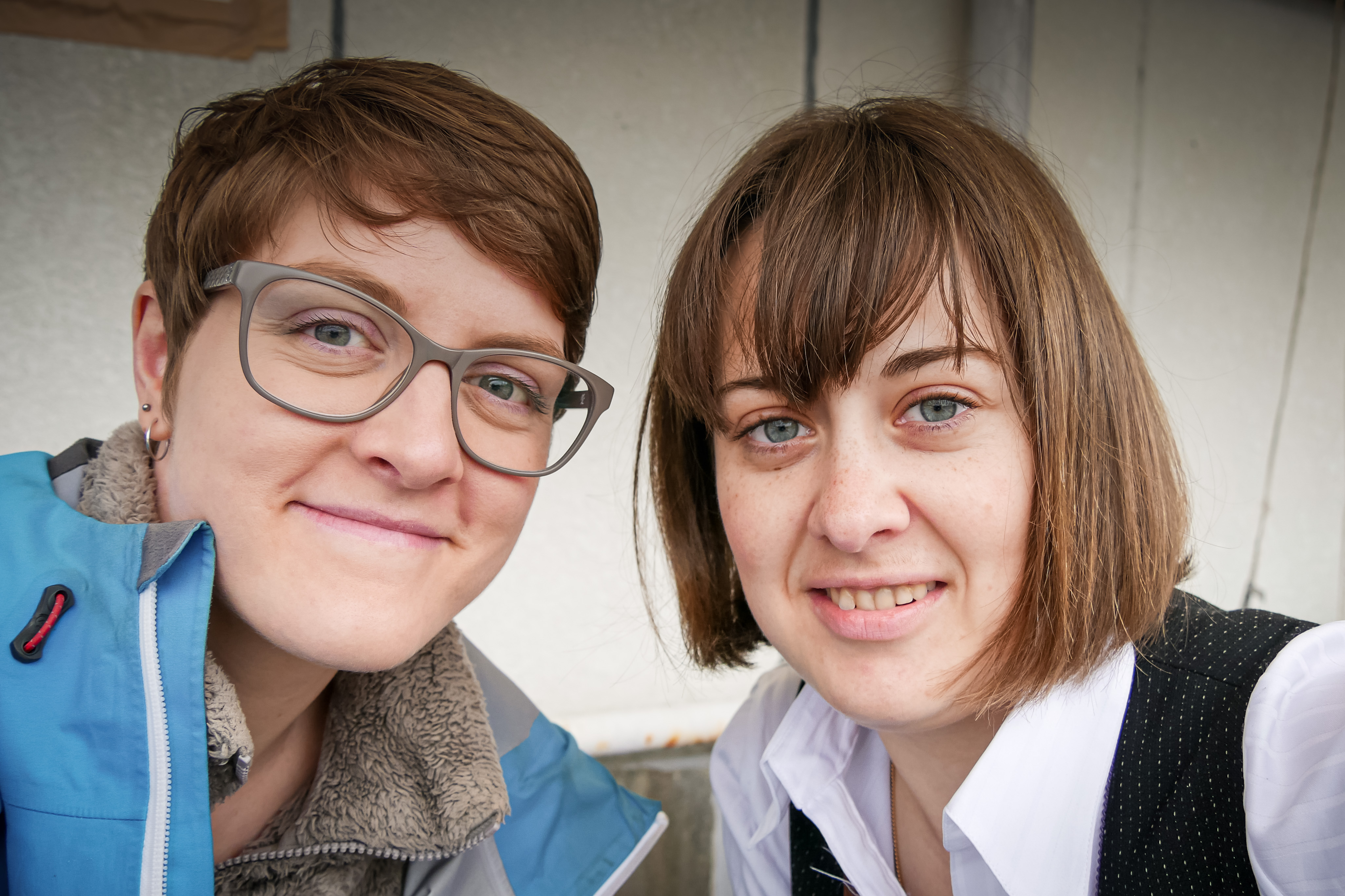DISPATCH
During my penultimate week at TYK, I worked in the Alpha team which works at the Ôbata factory and not at the R&D center. So, for lunch, I ate in the factory refectory (bigger and with more choice). This is where I met Polina, a 29 year old Russian girl from Krasnoyarsk in Siberia! She has been in charge of sales for the TYK international department since 2011. Polina studied linguistics at the Federal University of Siberia. Japanese and English for five years. At the age of 21 she came to discover Japan in homestay and finally a year later continued her studies at the University of Nagoya for two years. It was during this time that she met her future husband, Kentaro. Polina now lives with her husband and son in Kachigawa, a town twenty minutes by train from Tajimi. The city’s mascots are three somewhat strange species of cactus.
Polina’s son Mihei is a cute little three-year-old, a mix of his Russian mom and his Japanese dad. During one of my last weekend, I came to spend an evening and night at Polina’s in Kachigawa. She showed me the center of the city, a small shopping street with a peaceful atmosphere. In a very small alley parallel to the shopping street is a gigantic statue of Kôbô Daichi (nicknamed Kûkai)! He is the founder of the Shingon Buddhist school which I told you about during my excursions to Shikoku Island last November. Finding a statue of him this size in Kachigawa is a little curious, the city having a priori nothing special, but the influence of Kûkai in Japan is so important that it only surprises me halfway.
Polina got Mihei at the age of 25. They get along very well and chat in a mixture of Russian and Japanese. At the nursery, Mihei speaks in Japanese. But since Polina wants him to learn Russian, she talks to him in Russian at home. For the moment Mihei understands Russian but does not speak it yet. Polina and her family live in a modern Japanese-style apartment in the center of Kachigawa. The large building in which they live is called “Château” (in French). The view of the city and the first districts of Nagoya (in the background) is impressive, especially at night.
It is time to prepare the meal! Homemade Okonomiyaki are on the menu! Polina prepares the mixture and the vegetables, Mihei clinging to her neck, absolutely wanting to help. It is past six o’clock, the little one is starting to be hungry. To calm him down, Polina turns on the television and takes out the toys. Mihei is very fond of the television series Super sentai (Japanese superhero series) and especially Doraemon (a kind of blue cat very famous in Japan). I watch him, amused and impressed, reproducing the choreographies of the credits.
Polina masterfully prepares the Okonomiyaki. Okonomiyaki is a Japanese dish consisting of a dough in which various ingredients are cut into small pieces, all cooked on a hot plate. Ours are made from vegetables and pieces of meat. Once cooked, the Okonomiyaki are topped with a nice layer of mayonnaise and Okonomi sauce and a small green garnish with seaweed flavor. The meal is a delight! Tea, salad, eggplant soup, rice, Okonomiyaki and ice cream for dessert!
Kentaro comes home from work and I meet a very nice gentleman who traveled a lot abroad during his youth. Polina and Kentaro get along very well and the harmony of their family is nice to see. Kentaro is an operator with an engineering company working inside Mitsubishi Heavy Industry, located just outside Nagoya. Mitsubishi Heavy Industry is one of the main factories in the Japanese aeronautical industry and the main Japanese space manufacturer.
After the meal, they show me many photos of their marriage and their youth: Kentaro shows me his different trips (especially in England) and Polina reveals her childhood in Krasnoyarsk in black and white photos taken by her dad. Her father, Vladimir Datsyshen, is head to the Department of World History at the Institute of Human Sciences at the Federal University of Siberia. He specializes in the history of Asia and Africa. He has worked extensively on Chinese and Japanese history and has even published a book on modern Japanese history. It was by helping her with his work that Polina began to learn Japanese and become interested in Japan.
The next day, Saturday, is an exceptionally working day at TYK! We both take the train early to reach Tajimi. The rays of the sun warm the cool atmosphere of the start of the day. Twenty minutes later, here we are, and Polina picks up her bike in a bicycle parking lot right next to the station. Here is a good Japanese idea that the French should adopt! Polina normally travels from station to factory by bicycle. But today we have time and we walk quietly to reach our place of work, having a breakfast break during the journey. I am leaving Polina to join the R&D center, thanking her warmly for this very pleasant evening full of discoveries. What a pleasure to make a new friend so nice with whom I can exchange easily. I wish I had met her earlier! Thank you very much Polina for these moments shared with you and your family!

